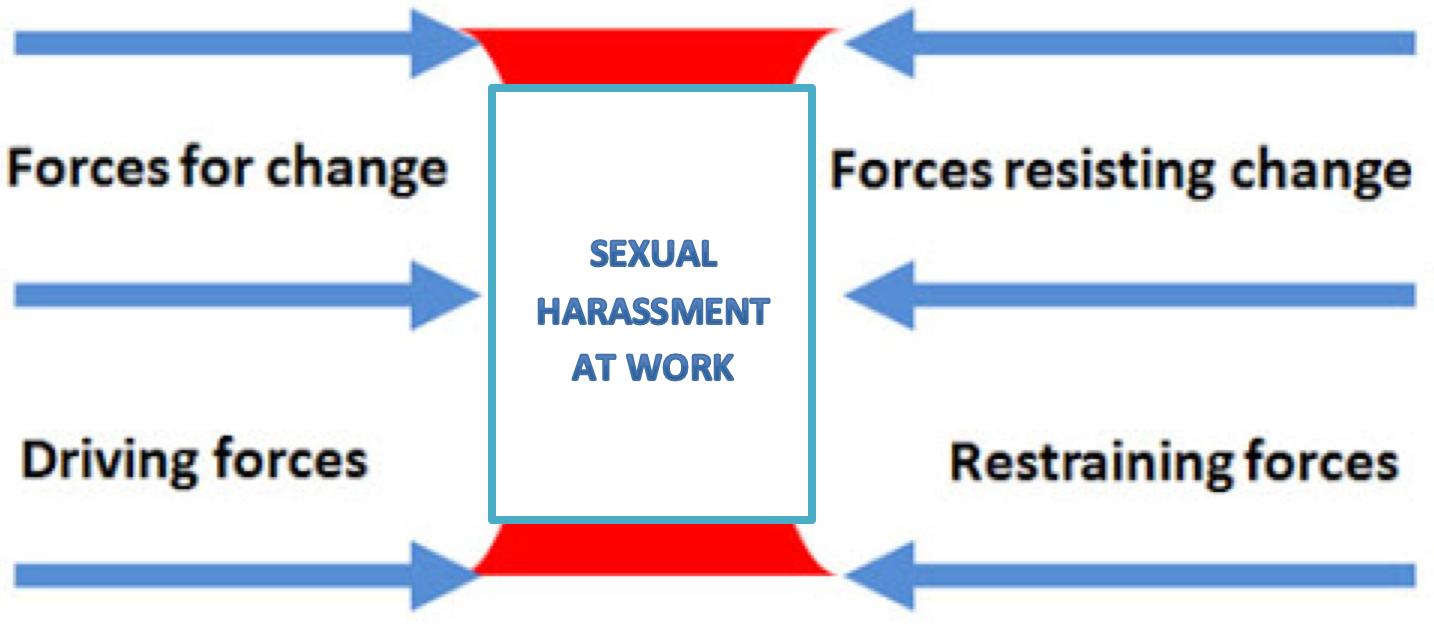Overview
Guided discussion, in small groups and then in plenary, that leads participants to recognize the role of different stakeholders, their concerns and the identification of different approaches to prevent and address sexual harassment and violence in global supply chains.
Three case studies illustrate three different approaches to promoting decent workplaces and preventing sexual harassment. Each group will analyse one of the three case studies.
Suggested time
60-90 minutes
Target group
Representatives of:
- Lead companies aiming to improve supply chain organization.
- Global, national and local employer organizations and trade unions.
- National and local government responsible for legislative implementation and factory inspection.
- Multi stakeholder initiatives and social auditors.
- Global, national and local NGOs and women’s organizations.
Aims
- Appreciate the role of different stakeholders and their concerns.
- Recognize different approaches and strategies to prevent and address sexual harassment and violence in global supply chains.
Preparation
- Make copies of the three case studies, in suitable number.
- Make copies for participants of the list of prepared questions.
- Pin large sheets of paper to the wall (or use a flip chart) on which participants’ ideas are written. Post-it cards may be used instead.
Suggested headings per sheet could be:
- Main stakeholders and their role
- Economic and/or social benefits for each stakeholder
- Benefits from stakeholder partnership
Setting
- A room large enough to accommodate several groups.
Materials
- Handout for case studies and lists of questions.
- Flip charts or post-it and space for posting
- Markers.
- Tape (if needed)
Time/Steps
Step 1: (Suggested time: 45 minutes)
- Divide participants into three groups and assign a case study to each of them. Ask participants to read the assigned case study.
In each small group, participants will discuss the following questions:
- a) Why is sexual harassment and verbal abuse an issue of concern?
- b) Who are the main stakeholders, and what role does each play?
- c) What are the economic and/or social benefits that each stakeholder seeks?
- d) What are the benefits of these stakeholders working together?
Additional questions (if time allows):
- e) Has this case study been successful in bringing together key stakeholders?
- f) Could the example have been successful without the participation of all stakeholders?
Step 2: (Suggested time: 45 minutes)
- In plenary, each group will post the three charts they will have prepared, briefly present the assigned case study and provide a five-minute summary of the main points of discussion.
- A facilitator-led discussion will follow to draw common lessons from the three analysis.
How to adapt it
- The questions proposed are for guidance. Trainers are encouraged to adapt the questions to local circumstances. They should emphasise the importance of stakeholders working together.
- The results of Step 1 can be used for a “Force field” analysis to define which elements/actors can contribute to advancing or preventing actions to address sexual harassment and gender-based violence at the workplace.

For information and tools to conduct force field analysis: https://www.mindtools.com/pages/article/newTED_06.htm
Tips
- Ensure that there is enough time to complete the sharing session and to debrief afterwards. Plan in advance how the results will be captured and used, and be sure to translate the outputs into a format that participants can use easily.
Resources
Three case studies in this Resource Kit:
Case Study 8.3 on: Challenging sexual harassment in horticulture through social dialogue in Uganda
Case Study 4.3 on: Challenging sexual harassment in the apparel supply chain through MSI action
Case Study 5.3 on: Challenging sexual harassment in textiles through international support (BetterWork)
